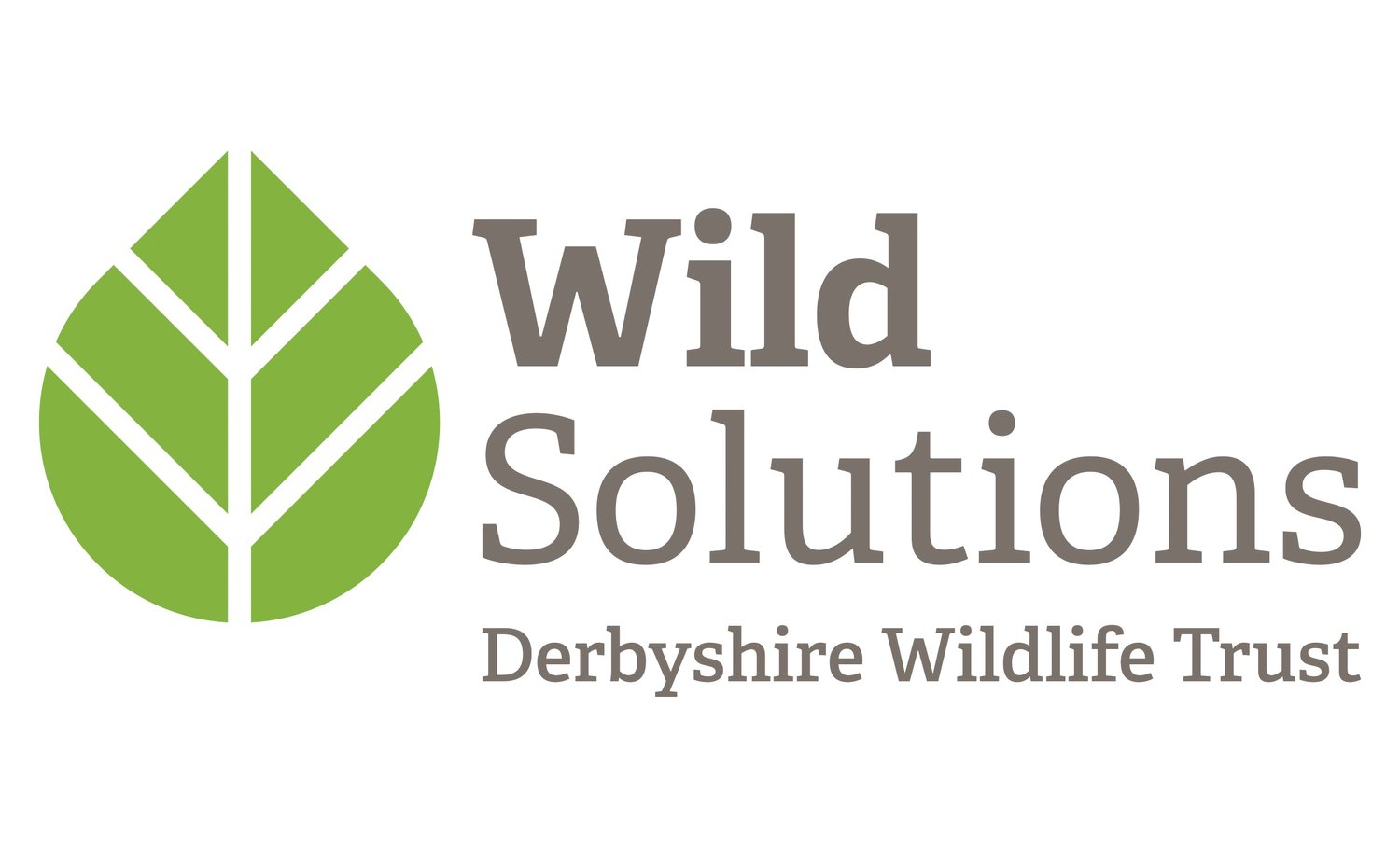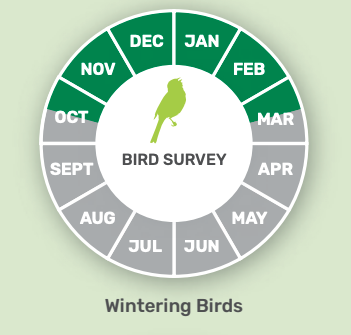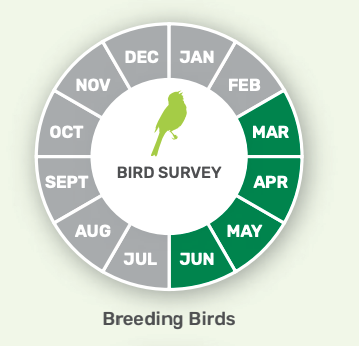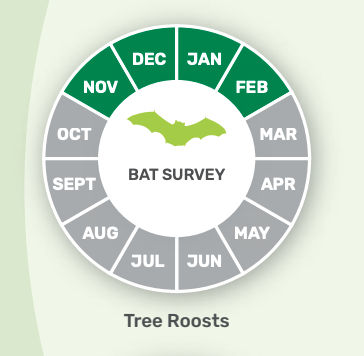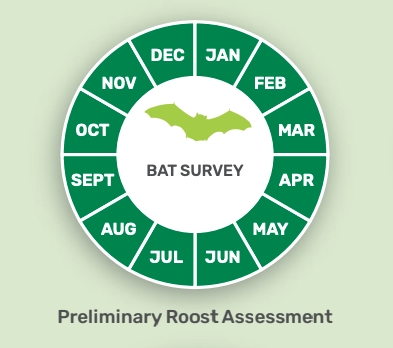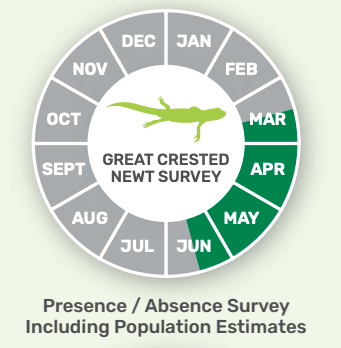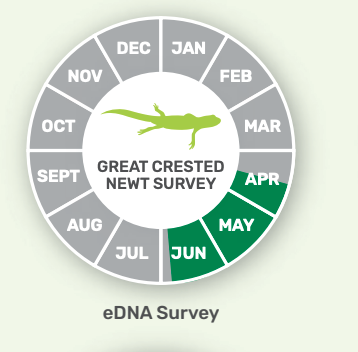What Surveys Do I Need and When Do I Need Them?
Knowing what’s present within your land is key to finding out what ecological value an area has. The process of assessing what is on an area of land is key in finding out the best way to enhance an area for nature’s benefit. This information can also assist in finding out what ways you can fund any habitat enhancement/creation, once you know what you’re creating!
The best way to find out the ecological value of your land and identify the most significant and appropriate route to restore it for nature is through ecological surveys. Surveys of our habitats and species can tell us what is present, their current populations and what species are missing from a parcel of land. Once we have a solid understanding of what is within an area of land, we use this information to support the creation and management of the right habitat in the right place, ensuring we are creating a functioning, healthy ecosystem, aiming to monitor the progress of wildlife recovery through repeat surveys, ensuring the site is responding positively to the implemented changes.
Living in a seasonal country means at different times of the year, different habitats and species are active. Our Nature Recovery Advice team at Wild Solutions offer an array of ecological surveys and monitoring, but many of these surveys have an optimal timeframe for completion. Our ‘Ecological Survey Calander’ splits these surveys by species and habitats, indicating what the ideal survey timeframe is for any scenario.
Habitat Surveys
Habitat surveys should ideally be completed in the summer months as this is when the majority of botanical species flower. These surveys can be tailored to multiple projects to find out a variety of information about the land, such as; UK Habitats, and National Vegetation Classification.
Woodland Habitat Surveys
The ideal time for a woodland habitat survey is earlier in the summer than a typical habitat survey. This is again due to the time of year species flower. ‘Ancient Woodland Indicator’ species such as bluebell, wood anemone, and dog mercury can suggest when a woodland is of higher value, providing valuable information to the surveyor.
Pollinator (Bee, butterfly, and moth) Surveys
In the UK, the summer months are always teeming with invertebrate activity. Invertebrate and pollinator surveys should be completed in the summer when these species are most active.
Freshwater Invertebrate Surveys
Freshwater invertebrate surveys are often used to assess the water quality of a water body. The most active season and therefore the optimal time-period for these species are within the summer months of June, July, and August. Surveys can also be completed March-April and September-October if necessary.
Bird Survey
The most favourable breeding bird survey timeframe is typically spring to early-summer as most bird species begin nesting between March and April. Surveys typically require three visits due to species nesting at different times throughout the breeding bird season. Wintering bird surveys should take place from mid-October to mid-March to estimate populations of migratory bird species within the UK.
Bat Preliminary Roost Surveys
Bat species in the UK typically roost in small crevices in trees, walls, and buildings. Assessments into of the suitability these features have for roosting bats can be completed year-round. However, trees are surveyed via a Ground Level Tree Assessment (GLTA) which should be completed in the winter months where less vegetation is present on the trees.
Amphibian Surveys (e.g. Great Crested Newt)
The amphibian breeding season typically takes place in the spring, this is when amphibians display within the shallower areas of the water body. To complete a survey, a minimum of four visits are completed between mid-March and mid-June to estimate the amphibian population within a water body. Another methodology for amphibian surveys is eDNA. These surveys require one visit in the late-spring to early-summer to take a water sample to obtain evidence of amphibian DNA within the water.
If you are interested in finding out the ecological value of your land and how we can work together to achieve nature’s recovery, get in touch by emailing wildsolutions@derbyshirewt.co.uk or calling 01773 881188.
